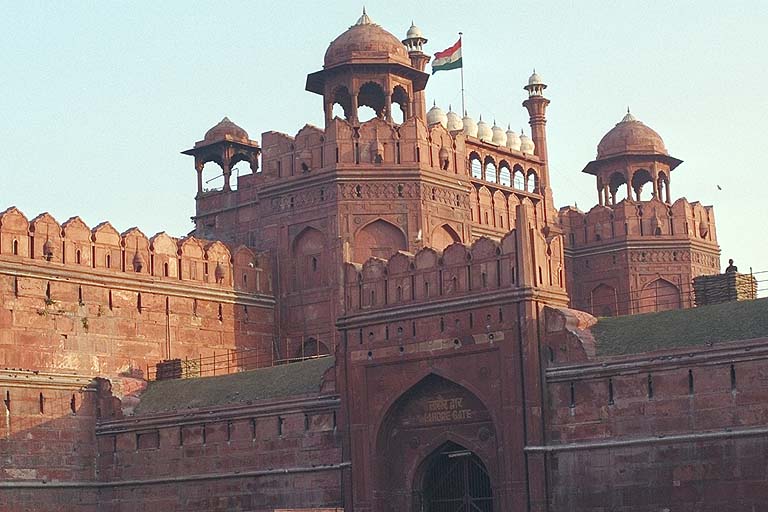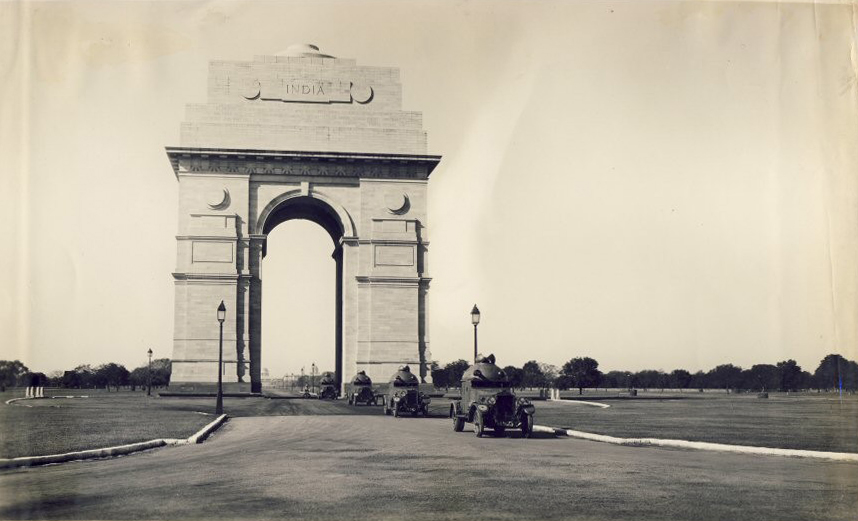Delhi Gate stands as a profound testament to the architectural and cultural grandeur of the Mughal Empire, embodying centuries of historical transformation in the heart of Delhi. Constructed during the 17th century under Emperor Shah Jahan's reign, this monumental entrance symbolizes more than mere architectural achievement—it represents a complex narrative of political power, urban infrastructure, and cultural identity.
The gate's strategic location near the Feroz Shah Kotla Cricket Stadium connects historical spaces with contemporary urban landscapes, bridging past and present. Its construction was part of a comprehensive urban design that fortified Shahjahanabad, reflecting the Mughal Empire's sophisticated approach to city planning and defense. The architectural precision and grandeur of Delhi Gate showcase the remarkable craftsmanship of artisans who meticulously constructed this landmark.
Throughout its existence, Delhi Gate has been a silent witness to dramatic political transitions—from the zenith of Mughal imperial power to the tumultuous period of British colonial rule. Emperors like Shah Jahan and Aurangzeb would use this gateway for ceremonial processions, transforming it into a stage for displaying royal magnificence. These processions were not merely aesthetic displays but powerful political statements that reinforced the emperor's authority and connection with the populace.
The architectural design of Delhi Gate exemplifies the distinctive Mughal style, characterized by intricate detailing, symmetrical proportions, and robust structural integrity. Its construction involved skilled craftsmen from across the empire, who employed advanced building techniques and materials that were considered cutting-edge during that era. The gate's robust arches and precise stonework reflect a sophisticated understanding of architectural principles and aesthetic sensibilities.
Beyond its physical structure, Delhi Gate represents a complex cultural landscape that encapsulates Delhi's multifaceted historical narrative. It has been a backdrop to numerous significant events, witnessing the city's transformation through different political regimes. The gate's significance extends beyond its original defensive purpose, becoming a symbol of cultural continuity and historical memory.
In contemporary times, Delhi Gate continues to be a crucial historical landmark, though its prominence has been somewhat overshadowed by other more celebrated monuments. Restoration efforts have sought to preserve its architectural integrity and historical significance, recognizing its importance as a tangible link to Delhi's rich past. Cultural events and historical reenactments occasionally utilize the site, helping to keep its historical narrative alive.
The stories associated with Delhi Gate are as intricate as its architectural details. Tales of Mughal processions, imperial grandeur, and the complex social dynamics of the era continue to resonate through its weathered stones. Each crack and contour seems to whisper stories of bygone eras, inviting contemporary visitors to imagine the vibrant historical contexts that once animated this extraordinary landmark.
As Delhi continues to evolve, Delhi Gate remains a powerful reminder of the city's layered historical identity. It represents not just a physical structure, but a living narrative of cultural transformation, architectural brilliance, and historical continuity. For those who pause to understand its context, the gate offers a profound glimpse into the complex tapestry of Indian history.







